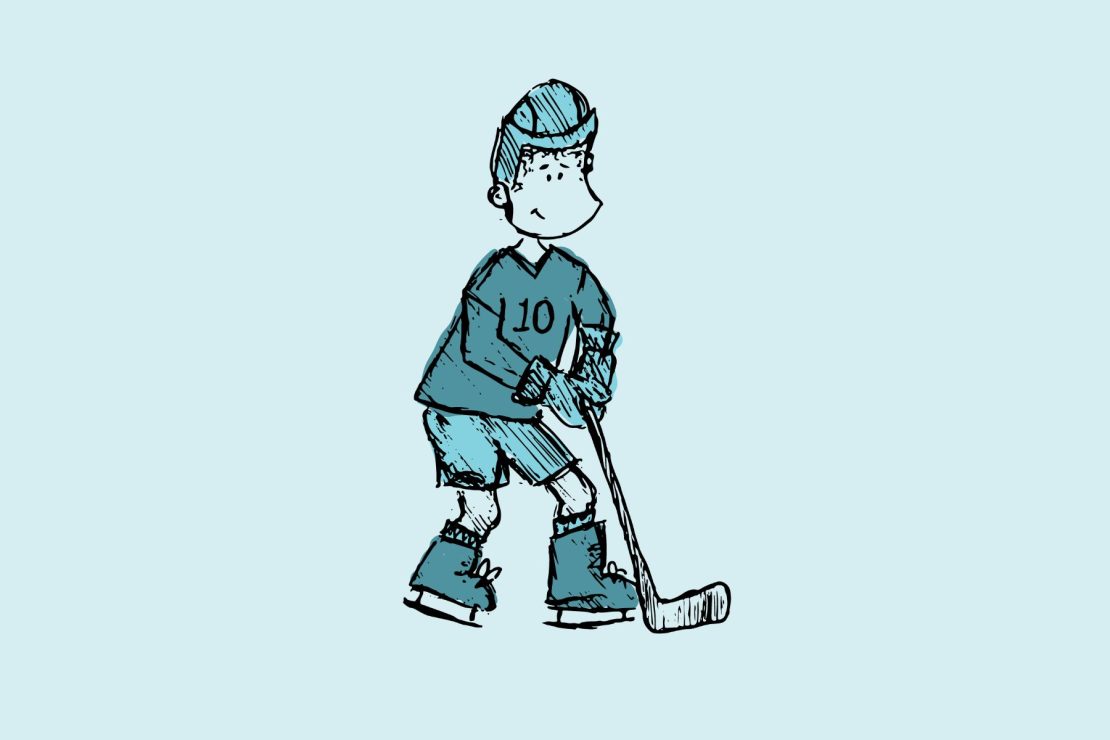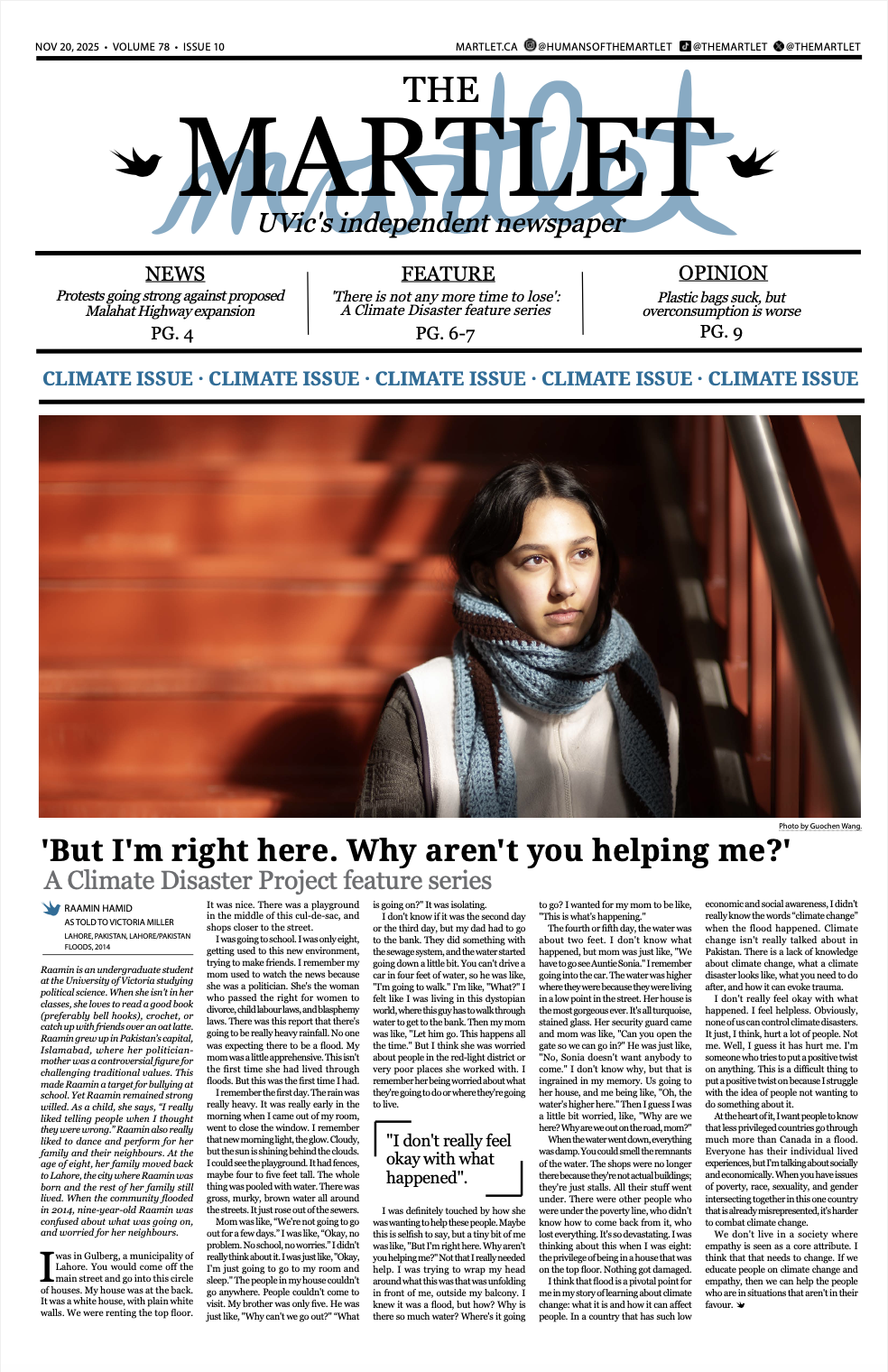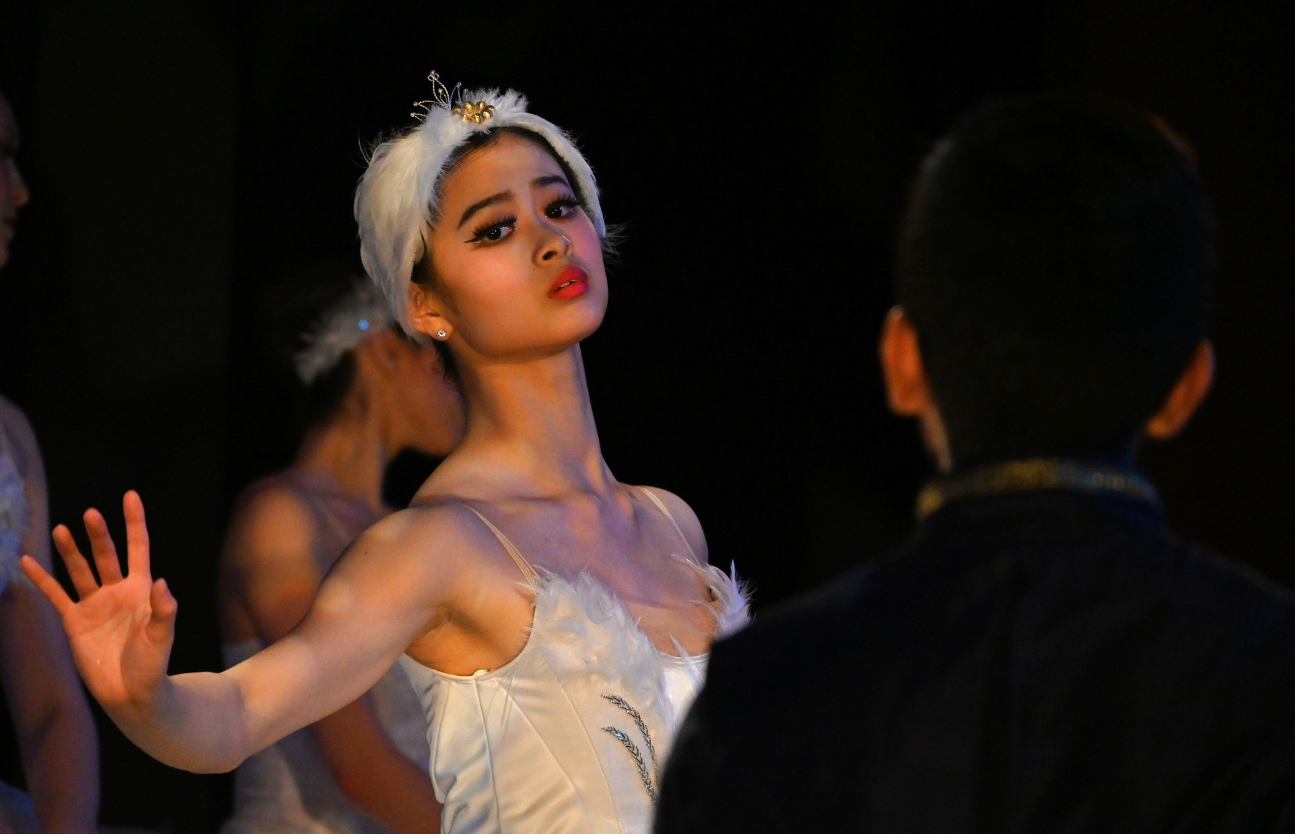New NCAA eligibility rules could spell the end for high-level university hockey in Canada

Illustration by Sage Blackwell.
The Canadian Hockey League (CHL) has long been considered the pinnacle of junior hockey. The organization, which is composed of the Quebec Maritimes Junior Hockey League (QMJHL), the Ontario Hockey League (OHL), and the Western Hockey League (WHL), consistently develops some of the best hockey players in the world, evidenced by CHL alumni currently representing about 50 per cent of NHL players as of the 2024/25 season.
However, the CHL also plays a major role in the development of collegiate athletics in Canada. Due to its long term designation as a “pro league” by the NCAA, CHL hockey players have been historically banned from attending Division 1 schools in the U.S. after they play within the league.
Instead, the CHL heavily encourages graduating students to play U Sports hockey, going as far as establishing a 1993 scholarship program which has granted full scholarships to almost 8 000 former players from just the WHL alone. It’s a program that has made a real difference, as demonstrated by last year’s U Sports hockey championships, where former CHL players made up over 80 per cent of the tournament’s players.
The very survival of U Sports hockey programs depends on the influx of former CHL players, and the scholarships that come with them.
However, on Nov. 7, those programs were forced to sit idly by and watch as the NCAA made a landmark decision — a massive rule change that has already sent shockwaves through the Canadian junior hockey landscape, and may spell the end of U Sports hockey as we know it.
Starting in the 2025/26 season, CHL hockey players will officially be allowed to compete in Division 1 college athletics.
The ruling was made following a class-action lawsuit from Rylan Masterson, a current Canadian junior hockey player whose college eligibility was denied in 2022 after he appeared in two pre-season games with the Windsor Spitfires of the OHL.
However, even without Masterson’s intervention, this was a move that felt in many ways inevitable. The NCAA has been in the midst of a massive domino effect in recent years, all stemming from the 2021 Supreme Court decision to overturn name, image, likeness (NIL) rules and officially allow college athletes to profit off of their name, image, or likeness.
But regardless of whether we saw it coming or not, the NCAA’s ruling has left the hockey world scrambling for a foothold. It’s been, in a word, chaos.
The first to really feel the effects of the change have been teams in the lower-level junior hockey leagues in Canada and the U.S. development leagues like the USHL (United States Hockey League), BCHL (British Columbia Hockey League), and OJHL (Ontario Junior Hockey League), have long been able to attract promising young talent because of their ability to offer players a way to play competitive, high-level hockey while still maintaining their NCAA eligibility.
However, that appeal has now been lost, and as a result, these leagues are being gutted of their stars. In the month since the NCAA decision, the BCHL has already lost 15 of their best players to CHL programs, which prompted them to host an emergency board meeting on Nov. 20.
However, those effects may feel like a drop in the ocean compared to the waves being sent towards U Sports programs, which could start to see a tsunami of changes coming their way.
“I feel like I’m in the unknown,” Queen’s University men’s hockey head coach Brett Gibson told Sportsnet. “I know it’s going to affect my recruiting … I know it’s going to affect the landscape of U Sports. But we just don’t know to what extent it’s going to affect it.”
One thing is for certain: U Sports hockey is officially the little fish in the big pond. NCAA sports is a multi-headed monster, and competing with it is an impossibility. Its programs have more money, more talent, better recruitment, and for the first time ever, nothing stopping them.
Going forward, U Sports programs may have to rely on intangible variables to attract talent. The ability for athletes to stay close to home, for example, to play for their hometowns and home provinces. They might also begin to target Canadian hockey players who require degrees from Canadian schools for their chosen career paths, such as those looking to pursue law or medicine.
“If you want to live in Canada and work in Canada, for a lot of these players, it’s important that their education comes from up here,” said Todd Johnson, coach of the University of Regina Cougars.
For coaches like Gibson and Johnson, recruiting may start to be about finding those hidden gems; searching for the players who slip through the cracks, overlooked and ignored by NCAA recruiters. Those athletes exist, but finding them will require working overtime.
So, finally, to answer the big question: is this the death of U Sports hockey?
No. It isn’t. Not really.
Why? Because this is hockey, damn it. It is, and always will be, Canada’s sport. There is talent in every corner of this country, and Canadian universities will find a way to attract good hockey players to their programs.
That being said, the NCAA’s landmark decision has undoubtedly made the path for competitive U Sports hockey rocky and uncertain. Now, it’ll be up to individual programs to pave their own ways forward.








